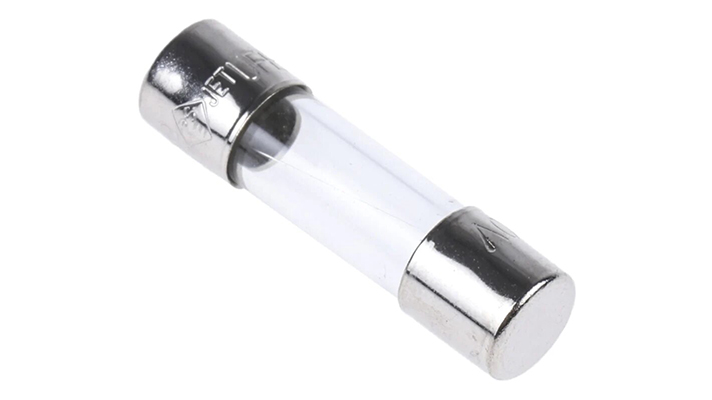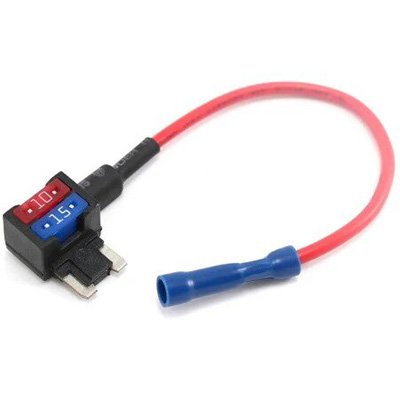Key Considerations in the Selection of Current Fuse Ratings Driven by Vehicle Circuit Power Needs
News 2025-10-24
In automotive electronics, choosing the correct fuse rating is vital for safeguarding vehicle circuits against overcurrent conditions. Fuses serve as critical safety components that break electrical circuits when current exceeds safe levels, protecting wiring and devices from damage. This selection process hinges on accurately determining the power demands of various vehicle systems, such as lighting, infotainment, and powertrain controls. Proper fuse rating ensures reliable operation, minimizes downtime, and enhances overall vehicle safety by preventing fires or component failures due to electrical faults.
Assessing Vehicle Circuit Power Requirements
Evaluating the power needs of vehicle circuits is the first step in fuse rating selection. Engineers must calculate the maximum current draw under both steady-state and transient conditions. For example, in a headlight circuit, wattage and voltage are used to find current via Ohm’s law. Factors like load type—resistive, inductive, or capacitive—affect current profiles, with inductive loads like starter motors experiencing high inrush currents. Precise assessment involves using tools such as multimeters or simulation software to account for real-world variations, ensuring the fuse rating aligns with actual power consumption for effective protection.
Criteria for Choosing Fuse Ratings
Several factors influence the choice of fuse ratings to match vehicle circuit demands. Key considerations include fuse type, such as fast-acting for sensitive electronics or time-delay for motors, and environmental impacts like temperature and vibration. Performance benefits arise from selecting ratings that offer quick response to faults while tolerating normal surges, thus extending component life and reducing maintenance. In automotive applications, ratings are often set 25-50% above normal operating current to avoid nuisance tripping, guided by standards from bodies like ISO or SAE, which emphasize safety and efficiency in power management.
Frequently Asked Questions
1. What is a fuse rating?
A fuse rating specifies the maximum current a fuse can handle continuously before melting, measured in amperes, and is crucial for circuit protection.
2. How do I calculate the required fuse rating for a circuit?
Determine the circuit’s typical current draw, then apply a safety factor of 125-150% to account for variations and ensure reliable operation.
3. What are common mistakes in fuse selection?
Overlooking peak loads or environmental conditions can result in fuses that either blow too often or fail to protect, leading to system damage.


